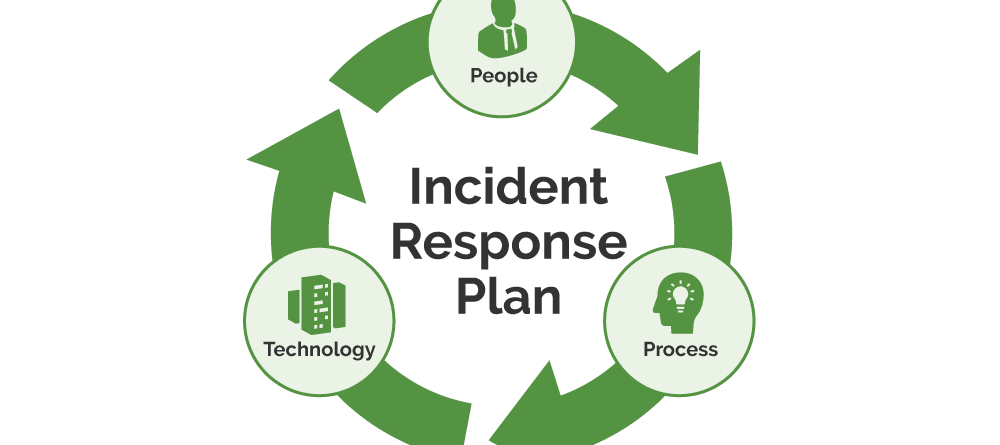Creating an Effective Incident Response Plan
In the digital age, the security of your information is paramount. One crucial aspect of information security is an incident response plan. This guide will help you understand what an incident response plan is and why it’s essential for your business.
What is an Incident Response Plan?
An incident response plan is a set of instructions that your IT team follows in the event of a security breach or cyber attack. It’s like a fire drill for your data, ensuring that everyone knows their roles and responsibilities when a threat emerges.
Why is it Important?
Understanding your IT environment is the first step in creating an effective incident response plan. This includes knowing your network infrastructure, the software applications you use, and the data you store and process. Regular audits and assessments can help you stay on top of any changes in your environment.
Identifying Threats
Identifying potential threats is a crucial part of incident response planning. This involves staying updated on the latest cybersecurity threats and understanding how they can impact your IT environment. Regular threat intelligence feeds and cybersecurity news updates can be invaluable resources in this regard.
Clear Roles and Responsibilities
In the event of a security incident, it’s essential to have a clear understanding of who is responsible for what. This includes identifying key personnel who will be involved in the process, such as IT staff, management, and external consultants. Clearly defining these roles and responsibilities can help ensure a coordinated and effective response.
Developing Response Procedures
Once you’ve identified potential threats and established clear roles and responsibilities, the next step is to develop response procedures. These procedures should outline the steps to be taken in the event of a security incident, from initial detection and containment to recovery and post-incident review.
Regular Testing and Review
An incident response plan is not a set-and-forget document. Regular testing and review are essential to ensure that your plan remains effective and up-to-date. This can involve conducting regular drills and simulations to test your response procedures and making necessary adjustments based on the results.
Communication is Key
Finally, effective communication is a critical component of any incident response plan. This includes internal communication among your team members and external communication with clients, regulators, and potentially the media. Having a clear communication strategy can help manage expectations and maintain trust during a security incident.
An effective incident response plan is more than just a reactive measure. It’s a proactive strategy that can help protect your operations, maintain trust, and ultimately drive business success. Remember, in the world of cybersecurity, it’s not a matter of if an incident will occur, but when. So, be prepared!

Leave a Reply